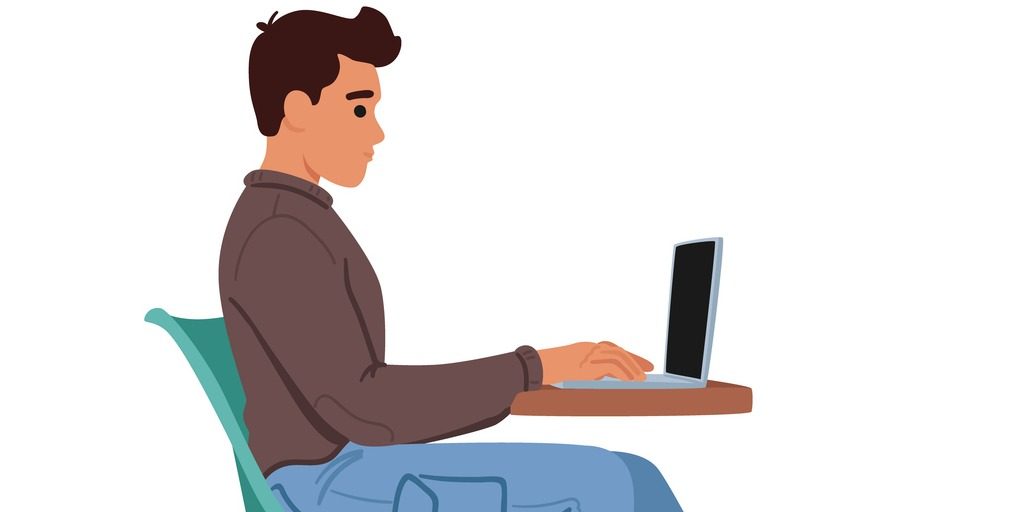Uncategorized
How to Sit Properly at Work: A Posture Guide for Office Professionals
Managing Headaches Naturally: Exploring Effective Treatment Options
Cervical Lordosis and Office Posture: How to Prevent Neck Pain at Your Desk
Physiotherapist
Physiotherapy is designed to understand and address your body’s needs. It is a specialized healthcare approach designed to restore movement, improve functionality, and aid in recovery from injuries, disabilities, or illnesses. By employing techniques like targeted exercises, manual therapies, and patient education, physiotherapy effectively addresses a wide variety of different physical conditions.
Chiropractor
Chiropractors specialise in understanding the correlation between the body’s structure, especially the spine, and its functionality. The approach emphasises diagnosing and treating various musculoskeletal conditions using manual adjustments and holistic techniques.
What is the Difference Between an Osteopath, Chiropractor, and Physiotherapist?
Broadly speaking, all three treatments have the same desired outcome, but they approach physical well-being from different perspectives and will use subtly different techniques. Physiotherapists primarily use exercise-based rehabilitation and ultrasound, chiropractors use adjustments and are mainly focused on the spine and joints, and osteopaths use soft tissue massage, articulations, and adjustments as their treatment for musculoskeletal conditions.
How To Treat Osteoarthritis?
What is Osteoarthritis? Osteoarthritis is a degenerative condition that affects your joints. The surfaces within your joints become damaged and therefore become degenerated and the joint
What Causes Sciatica?
What causes sciatica? Sciatica is caused by irritation of the sciatic nerve. A slipped disc is the most common cause of sciatica. Additional common causes of
Temporomandibular Disorder
Temporomandibular disorders (TMD) occur as a result of problems with the jaw, jaw joint and surrounding facial muscles that control chewing and moving the jaw. What









